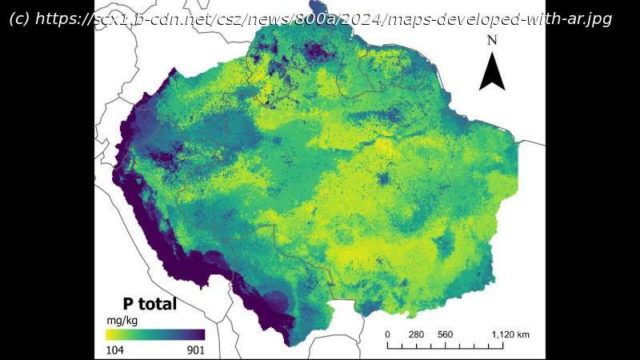As the impacts of climate change increasingly affect the daily lives of residents in several countries, including Brazil, the resilience of forests, especially tropical ones such as the Amazon, has become a frequent topic of research. In addition to studying various factors that influence the way vegetation reacts to global warming, scientists are seeking to improve vegetation models—tools that play a crucial role in understanding and managing ecosystems, contributing to biodiversity conservation and sustainable development.
As the impacts of climate change increasingly affect the daily lives of residents in several countries, including Brazil, the resilience of forests, especially tropical ones such as the Amazon, has become a frequent topic of research. In addition to studying various factors that influence the way vegetation reacts to global warming, scientists are seeking to improve vegetation models—tools that play a crucial role in understanding and managing ecosystems, contributing to biodiversity conservation and sustainable development.
And it is exactly this combination that is described in research published in the journal Earth System Science Data by a group associated with Brazilian institutions. The work resulted in a series of maps that more accurately describe the quantity of the different chemical forms of phosphorus in the soil of the Amazon. “Built” using a new methodology based on artificial intelligence, the maps confirm that the region has a very low concentration of the mineral.
The impact of this is that a lack of phosphorus affects the growth cycle of species and can, for example, prevent trees from reacting to the increase in carbon dioxide associated with climate change.
“When we were working on vegetation models to understand climate behavior in the Amazon, we realized that there was specific information about the amounts of phosphorus in the soil. Normally, in previous methods, these maps only used soil types [classes] as predictors of the mineral.
Home
United States
USA — IT Maps developed with artificial intelligence confirm low levels of phosphorus in Amazonian...






